2025 Mini Countryman SE First Drive Review: Full of Fun

Love It | Leave It |
|---|---|
Funky styling inside and out | Only pricey dual-motor at launch |
Well-rounded driving experience | Infotainment foibles |
Family-friendly size | ...Where's the PHEV? |
How much does one horsepower really matter?
The John Cooper Works Countryman is understandably heralded as the most powerful, sportiest iteration of this next-gen Countryman—and in America, it’s priced as such. But sitting just below it is this, the all-electric Countryman SE ALL4 which, at 313 horsepower, pips its brother by just 1 hp.
Now obviously these two compact SUVs have different attitudes. It’s true: SE might as well stand for “Softer, Electric.” That it’s pulling power from a battery pack hardly matters, though: after a day spent exploring Portugal’s western coast, I’m pretty sure the meaning is “Satisfying Enjoyment.”
What’s new?
All versions of this third-generation Countryman sit on a massaged and yes, larger version of the same platform as yore. Now built in Leipzig, the Countryman has had a (relatively) major growth spurt to a full 174.5 inches (4,433 millimeters) tip to tail. Honestly, it’s the nearly four inches in additional height (now 65.2 inches / 1,656 mm) that you notice more; a humble Corolla Cross has a larger footprint, after all.
The more confident, squared-off styling is the biggest departure from the accepted Mini face yet. I’ll admit I didn’t love it at first, but in person, the sharp creases and plentiful chamfering give a more convincing adventure-ready vibe than before. It’s also slipperier than before, with a drag coefficient of just 0.26 versus the 0.31 of the second-gen model. I do very much enjoy the chunky six-spoke alloys—made from reclaimed aluminum, natch—and the two-tone treatment on this tester. The subtle bronze even makes sense of that little C-pillar fin: in profile, the Countryman’s hauling a surfboard. You see it, right?
Under the floor sits a 64.7-kilowatt-hour (usable) battery pack. Other markets will see a single-motor, front-drive Countryman E putting out a thoroughly acceptable 204 horsepower. Both Canadian and American markets will see only this SE at launch, with the afore-mentioned 313 hp and 363 pound-feet of torque. Range is 270 miles (435 kilometers) on the optimistic WLTP cycle; I’d wager on something closer to 250 mi (402 km) on these shores.
Smoothness Excels
That big ol’ battery pack does pack on the poundage, so while the SE ALL4 will come close to the JCW’s straight-line hustle (62 mph / 100 km/h in 5.6 seconds), the gap widens beyond that Similarly, while the SE’s helm has strong initial bite on turn-in, the weight manifests in more body roll.
(I’d be remiss if I didn’t point out an electric JCW is also coming, later this year. Have cake, will consume.)
This is all, of course, relative. Those wanting the absolute sportiest experience in Mini’s largest offering will want to stick to the JCW, but the SE ALL4’s instant-access thrust and nimble handling still make it one of the more fun small SUVs out there. Besides, the softer edges of its ride and handling are likely to be more appealing to more buyers, more of the time. Around Portugal’s largely smooth roads, the Countryman exhibits a suppler, more mature ride, while handling the cobblestone sections with less bounce than both the JCW and (especially) the BMW X2.
There’s a pleasant simplicity to the SE drive, too. Mini hasn’t futzed with the shifter, so it’s no different from any other new Countryman. The brakes are easy to modulate, and the high-regeneration B driving mode only takes a few minutes to get used to. The squared-off shape makes for generally great visibility—C-pilar fin excepted—even out the back, despite how short that rear glass looks. (I do question the effectiveness of such a tiny wiper, mind you.)
It all happens with a soundtrack varying from Interstellar to the actual sound of space, depending on your selected Mini Experience. More on that in a bit.
Sweet Embrace
Stepping into the SE immediately after the JCW is a pure Dorothy-landing-in-Oz moment. Colors, actual colors! The layout is the same uber-minimalism in both cases, a simple dashboard punctuated by a quartet of thin vents and the spotlight 9.4-inch OLED screen. All physical controls are relegated to the steering wheel or the lower center of the dashboard. In a surprise move, Mini has kept the glass-panel head-up display (HUD), which is the only bit of instrumentation ahead of the driver.
Much of the cabin is covered in a recycled-material knit texture, including the dashboard, door uppers, and small center console cubby. There’s a wonderful fade effect on the doors, matching the color of the seats. Ironically, these two colors are Petrol and Tobacco. German humor. The seats themselves are the same shape as in the JCW, with good bolstering and lower back support. Front-row storage options are alright; that closable central cubby is an awkward depth, but the door pockets are large.
Second-row accommodations are much better this generation, boasting adult-friendly leg- and headroom. Mini has even teased out an extra inch of shoulder room. That exterior C-pillar fin not only makes for blind spots, but it also stops more natural light from finding passengers.
Out back, the Countryman SE has a small-ish 16.2 cubic feet (460 liters) of seat-up storage. Drop the seats and that expands to a useful 51.2 cubes (1,450 L). Rather surprisingly, towing capacity is pegged at a maximum of 2,645 lb (1,200 kg) with an electronically retractable tow hitch.
Safety, Entertainment
That central screen does a lot of heavy lifting. It’s gorgeous, sure, and the Mini Experiences feature is a pitch-perfect move for the brand. Does the Green mode showcase a flapping hummingbird when the SE is using precious few electrons, and a running panther when it’s sucking them down? Of course. An eerily Homerific woohoo to kick off Go-Kart? You got it, chief. Buyers can even use the Mini app to add custom background images, not to mention check just about every other parameter of the car remotely.
The screen isn’t perfect, mind you. A circle looks great but is generally less useful for displaying information, so some menus end up overlaying others. There’s lag too, not just in the Experience switching but in the native navigation. Mini has also removed the not-an-iDrive-controller, so you’re forced to interact with the screen more—or use the totally serviceable voice assistant.
The Mini modernization extends to the driver assist suite as well. An optional Driving Assistant Professional package adds a semi-automated Level 2 function that can make assisted lane changes, along with a low-speed hands-free traffic jam assistant for highway driving. The surround-view camera is helpfully high-def, so navigating tight spots is a breeze.
Final thoughts: 2025 Mini Countryman SE First Drive Review
Starting at $46,195 including destination in the US ($59,990 CAD without, in Canada), the 2025 Mini Countryman SE ALL4 is only about 10-percent pricier than the old plug-in hybrid model it replaces. For a model with better space, better pace, more tech and more standard safety kit, that’s a reasonable increase. Beyond that, I’d call the SE ALL4 the best all-rounder in the Countryman 3.0 lineup, and a personality-filled alternative to the typical family crossover.
Become an AutoGuide insider. Get the latest from the automotive world first by subscribing to our newsletter here.

Kyle began his automotive obsession before he even started school, courtesy of a remote control Porsche and various LEGO sets. He later studied advertising and graphic design at Humber College, which led him to writing about cars (both real and digital). He is now a proud member of the Automobile Journalists Association of Canada (AJAC), where he was the Journalist of the Year runner-up for 2021.
More by Kyle Patrick




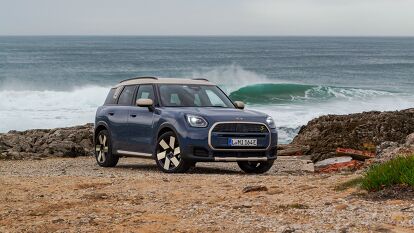

















































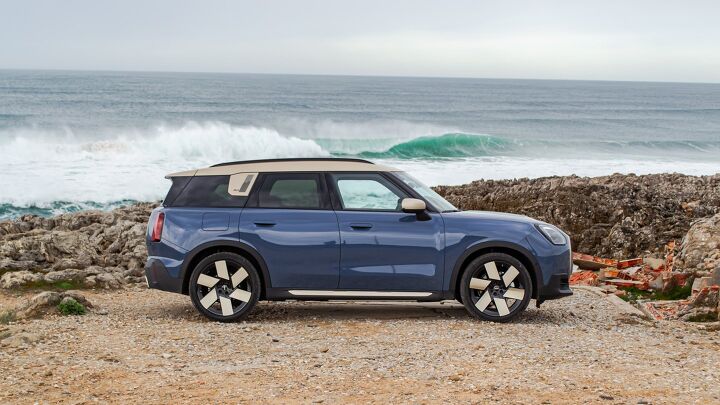

















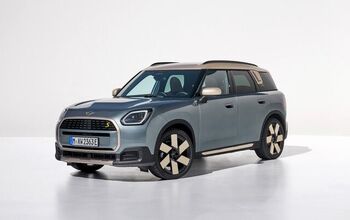


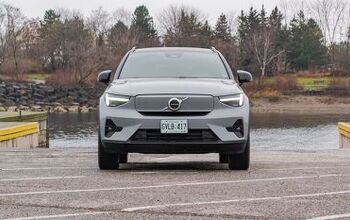

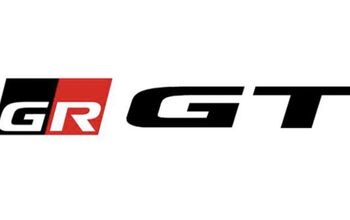

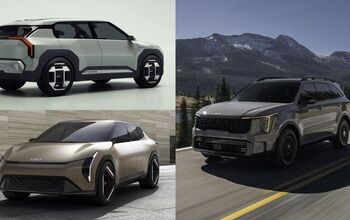

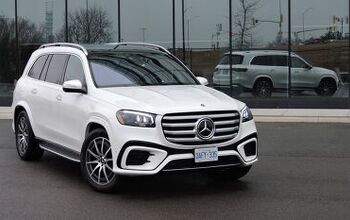


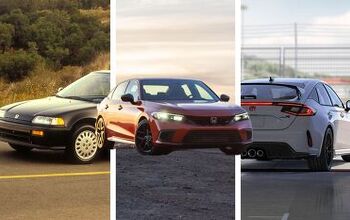

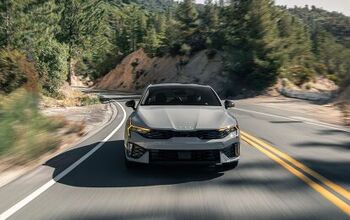
Comments
Join the conversation